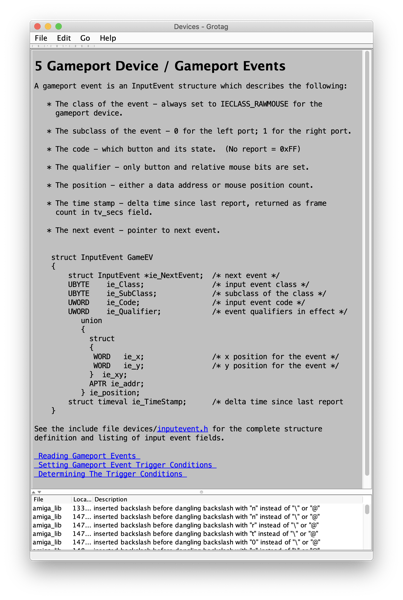Apple has, in my opinion, some of the best general-purpose computing technology on the market right now, and has had some of the best for all of this millennium. However, their business practices are increasingly punitive, designed to extract greater amounts of rental income from their existing customers (“want to, um, read the newspaper? $9.99/mo, and we get to choose which newspaper!”), with rules that punish those who aren’t interested in helping them extract that rent.
Throughout the iPhone era, Apple has dealt arbitrary hands to people who try to work with them: removing the I Am Rich app without explanation; giving News Corp. a special arrangement to allow in-app subscriptions when nobody else could do it; allowing Netflix to carry on operating rent-free while disallowing others.
People put up with this for the justifiable reason that the Apple technology platform is pleasant and easy to use, well-integrated across multiple contexts including desktop, mobile, wearable and home. None of Apple’s competitors are even playing the same game: you could build some passable simulacrum using multiple vendor technology (for example Windows, Android, Dropbox; or Ubuntu, Replicant, Nextcloud) but no single outlet is going to sell you the “it just works” version of that setup. Not even any vendor consortium works together to provide the same ease and integration: you can’t buy a Windows PC from Samsung, for example, that’ll work out of the box with your Galaxy phone. Even if you get your Chromebook and your Pixel phone from Google, you’ve got some work ahead of you to get everything synced up.
And then, of course, since the failure of their banner ad business, Apple have successfully positioned themselves as the non-ad, non-data-gathering company. Sure, you could get everything we’re doing cheaper elsewhere: but at what cost?
My view is that the one fact—the high-quality technology—doesn’t excuse the other—the rent-extracting business model and capricious heavy-handed application of “the rules” with anyone who tries to work with them. People try to work with them because of the good technology, and get frustrated, enervated, or shut down because of the power imbalance in business. It is OK to criticise Apple for those things they’re not doing well or fairly; it’s a grown-up company worth trillions of dollars, it’ll probably weather the storm. If enough people on the inside learn about and address the criticisms, they may even get better, which will be good for a massive global network of Apple’s employees, suppliers, and customers.
It seems to me that some people (and I’m explicitly talking about people outside Apple now, obviously employees are expected to abide by whatever internal rules the company has and it takes a special kind of person to blow the whistle) will brook none of that. There are people who will defend the two-trillion dollar corporation blocking some small indie’s business; “they’re just applying their rules” (the rules that say I’ll know it when I see it, indicating explicitly that capricious application is to be expected).
It seems weird that a Person On The Internet would feel the need to rush to the defence of The World’s Biggest Company, and so to my mind it seems like they aren’t. It seems like they’re rushing to the defence of 1990s Beleaguered Apple, the company with three weeks of salary money in the bank that’s running on the memory of having the best computers and the hope that maybe the twenty-first model we release this month will be the one that sells. The Apple with its six-coloured logo, where you have to explain that actually the one-button mouse doesn’t make it a toy and you can do real work with it, but could you please send that document in Word 6 format as my Word can’t open Word 97 files thank you. The Apple where actually if you specced up a PC to match this it would probably cost about the same, it’s just that PCs also cover the lower end. The Apple where every friend or colleague you convinced to at least try it out meant a blow to the evil monolith megacorporation bringing computing to the dark side with its nefarious, monopolistic practices and arbitrary treatment of its partners.
That company no longer needs defending. It would be glib to say “that Apple ceased trading on February 7, 1997”, the date that NeXT, Inc. finally disappeared as an independent business. But that’s not what happened. That company slowly boiled as the temperature around it rose. The iMac, iBook, iPod, Mac OS X, iPhone, iPad: all of these things came out of that company. Admittedly, so did iTools, .Mac, and Mobile Me, but eventually along came iCloud. Obviously 2020 Apple is a continuation of the spirit and culture of 1997 Apple, 1984 Apple, 1976 Apple. It has some of the same people, and plenty of people who learned from the people who are and were the same people. But it is also entirely different. Through a continuum of changes, but no deliberate “OK, time to rip off the mask” conversion, Apple is now the IBM that fans booed in 1984, or the Microsoft that fans booed in 1997.
It’s OK to not like that, to not defend it, but to still want something good to come out of their great technology. We have to let go of this notion that for Apple to win, everyone else has to lose.



